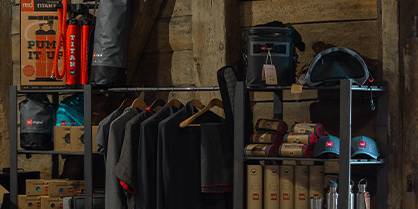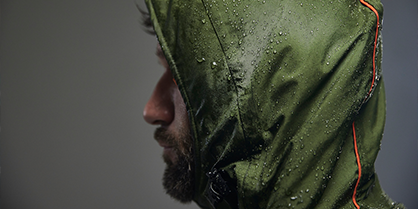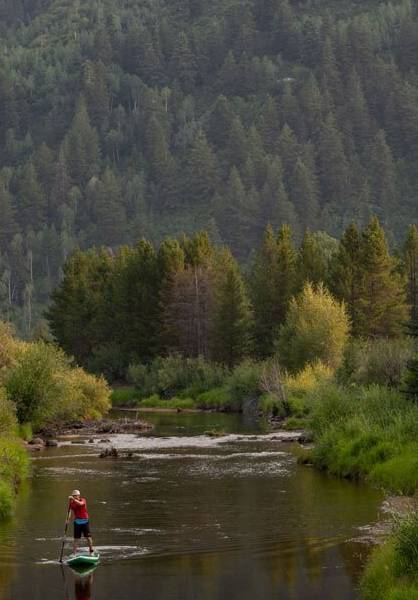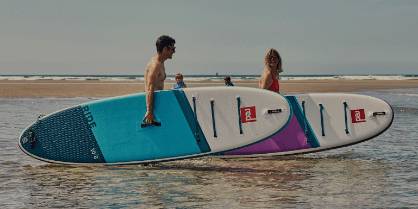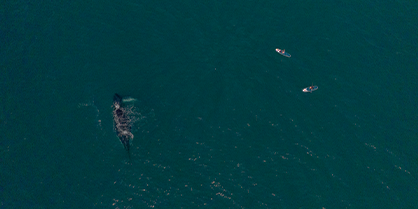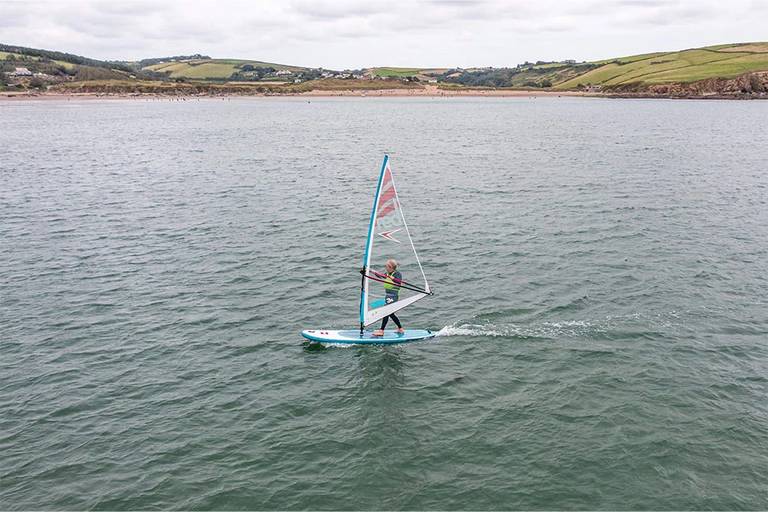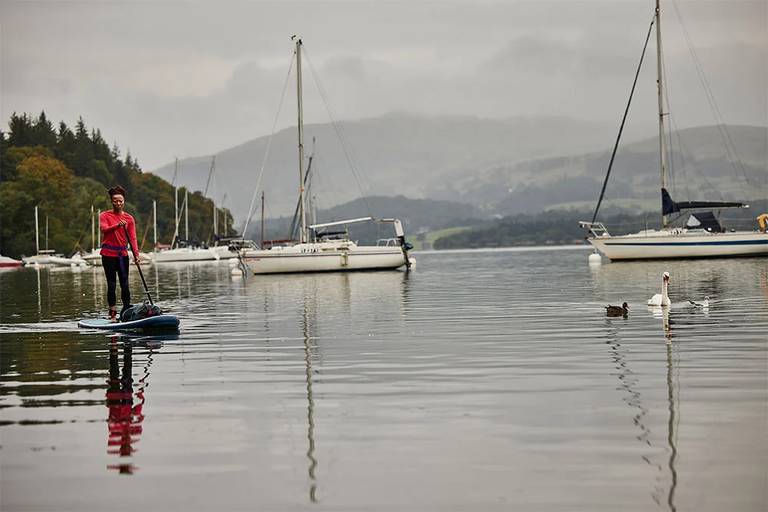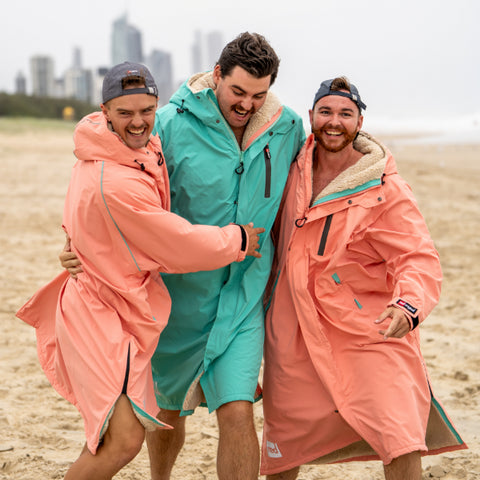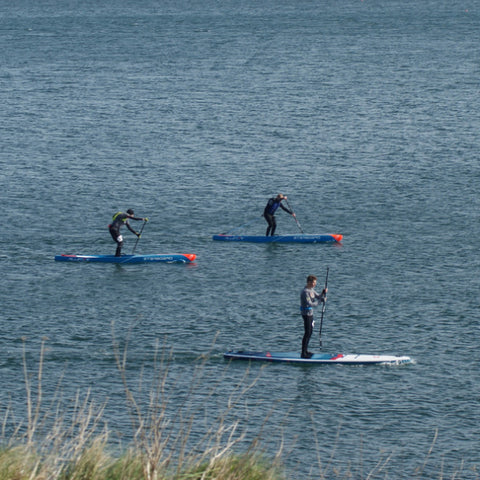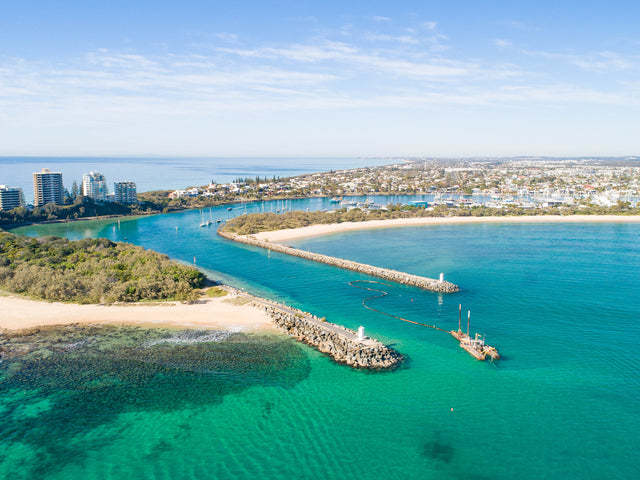
One of the most talked-about topics by paddleboarders has to be the wind. Stand-up paddleboarding is, unfortunately, a highly wind dependent activity but with a little knowledge on how to read wind forecasts with paddleboarding in mind, it becomes easy to plan your SUP adventures around the forecast to ensure you have a great paddling experience. In this blog, I’ll be breaking down three simple stages to reading the wind with recreational paddleboarders in mind.
Planning Around Wind
When I am planning to go paddleboarding I normally look at three different weather forecast sources. Many weather forecasting platforms utilise different weather stations, so I find checking two or three platforms and then taking an average normally leaves me feeling confident about how the weather is likely to behave. Doing this often you will also begin to notice which platform is most accurate for your favourite paddle locations.
In Australia I utilise the following platforms:
If you’re outside of Australia, Willyweather and Windy app are available worldwide and I have used both in the UK so give them a try and see if they work for you. You may also find that your local SUP school or SUP retailer has tried and tested a few forecast platforms in your area so make sure you ask them for their recommendation next time you pop by!
So the key question is ‘how windy is too windy’? Obviously this will come down to each individual paddler, their type of board and style of paddling (i.e. a downwinder will require very different conditions to a recreational flatwater paddler). As a guiding principle, my wind limit for recreational paddlers is 12 knots (a guiding principle followed by all SUP instructors and SUP schools under the governing body ASI - The Academy of Surfing Instructors).
12 knots is approximately 22kph or 13.8mph. However, 12 knots of wind will impact different locations differently depending on which way they are facing and the terrain around the waterway. 12 knots of wind onshore in an exposed beach location would certainly be uncomfortable for beginners however a waterway sheltered by hills, mountainsides or another wind barrier may still be suitable for beginners with 12 knots of wind. So when looking at the wind maps, also consider the direction of the wind and the coastline or waterway you’re paddling and how the wind may affect it.
Looking at the wind forecast, we will have identified ‘a weather window’ to target, based on the strength and direction of the wind. However if this is done two-three days in advance, I recommend re-checking the night before you paddle as the forecasts can change quickly!
Paddling Boarding In Wind
On the day of paddling - check the wind AGAIN on the morning you’re hoping to paddle! We want the most up to date wind forecast to aid us in planning our route. Where possible, you want to design your paddle route so that you start by paddling INTO the wind, because this is likely to be the part of the paddle where you have the most energy. Then, on your return, when you may not have as much energy, the wind will be behind you (in theory) giving your tired muscles a little extra support from Mother Nature.
When you’re on the water, remember to use your senses to be aware of how the wind direction and strength may be changing while you’re out paddling. Pay attention to what you can see, hear, feel and maybe even smell. When paddling into a headwind you will be able to feel the wind on your face. When the wind is hitting the side of the board you’ll probably be able to feel and hear the wind on one side of your face or body. However, the risk comes when you can no longer feel or hear the wind and you find yourself paddling with ease thinking there is ‘no wind’. In some cases there may be ‘no wind’ however in the majority of cases this may mean the wind is behind you. Remember to check in regularly with your senses and if you find the wind behind you, consider how far you’ve paddled, and how much energy and time may be needed to paddle back to your launch location with a potential headwind!
Reviewing & Learning From The Wind
This is probably one of the most valuable steps to conduct when learning about wind. After your paddle, take some time to review your experience, review how the forecast played out in reality. Perhaps this location was more sheltered than you thought it would be? Perhaps the wind behaved in an utterly different manner to what the forecasts suggested? Perhaps one forecast out of the three you checked was more accurate than others?
Conducting this review process will build up your overall understanding and awareness of how wind impacts your paddling experience and your favourite paddling locations, as well as informing you on which forecast platforms to utilise to get the most accurate forecasts for your area.
Of course, the wind is not the only environmental factor that impacts our paddleboarding experience however it’s a great place to start.
If you do find yourself caught in a headwind, remember to reduce your wind resistance as much as possible. Feather your blade, stand a little bit further forward to ensure the nose of your board is close to the water, increase your stroke rate and if needed, get low to the board and paddle on your knees.
Happy paddling!
By Vikki Weston
Vikki is the founder of She SUPs, a Global Women’s SUP Community. She is also a Red Paddle Co AU Brand Ambassador and an ASI Level 2 SUP Instructor.
For more information, please visit: www.shesups.com.au or follow @shesups_ on Instagram and Facebook.

